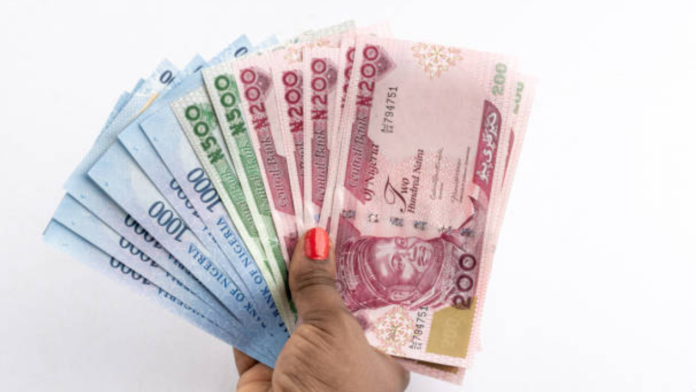Nigeria’s Excess Crude Account (ECA) rose 13 per cent in two years while the Stabilisation Account more than tripled, an analysis of presentations made by the Accountant-General of the Federation to the National Economic Council (NEC) shows.
The review covers 15 NEC meetings between June 15, 2023, and October 23, 2025. The ECA slowly rose from $473,754.57 at the council’s inaugural meeting under President Bola Tinubu to $535,823.39 at the latest session, an increase of $62,068.82.
Over the same period, the Stabilisation Account climbed from ₦26.63 billion to ₦87.67 billion, a gain of ₦61.03 billion and about 229 per cent. The Development of Natural Resources Fund grew from ₦96.90 billion to ₦141.59 billion, a 46 per cent increase.
A month-to-month analysis revealed that the Stabilisation Fund fell to ₦17.21 billion in April 2024 before recovering through 2025; Natural Resources slid to ₦26.85 billion by November 2024 and then rebuilt steadily to ₦125.82 billion in September 2025 and ₦141.59 billion in October.
The ECA, by contrast, was generally flat throughout the period and then picked up in the second half of 2025. The ECA is a sovereign buffer created in 2004 under the Obasanjo Administration to save oil earnings above the budget benchmark price for stabilisation and investment.
The Stabilisation Account cushions states and local governments against revenue shortfalls, while the Development of Natural Resources Fund supports diversification of Nigeria’s resource base through projects and programmes approved by FAAC and NEC.
Though the ECA grew by 13% under Tinubu, it remains a shadow of its 2008 peak of over $20 billion under Yar’Adua, having dwindled through years of withdrawals and oil price crashes.
The PUNCH



